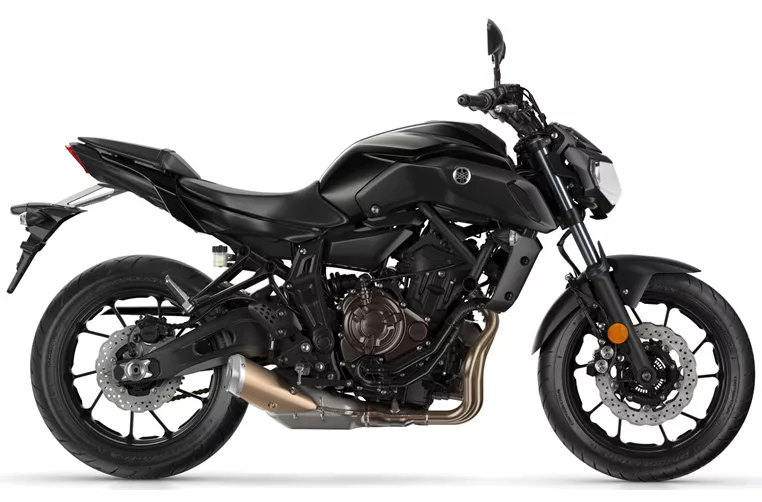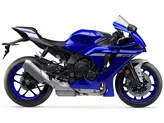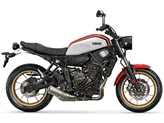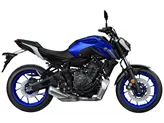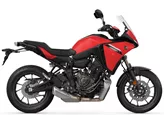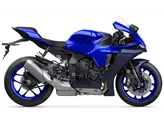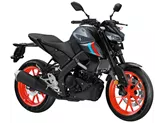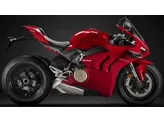Yamaha R1 2010 vs. Yamaha MT-07 2018
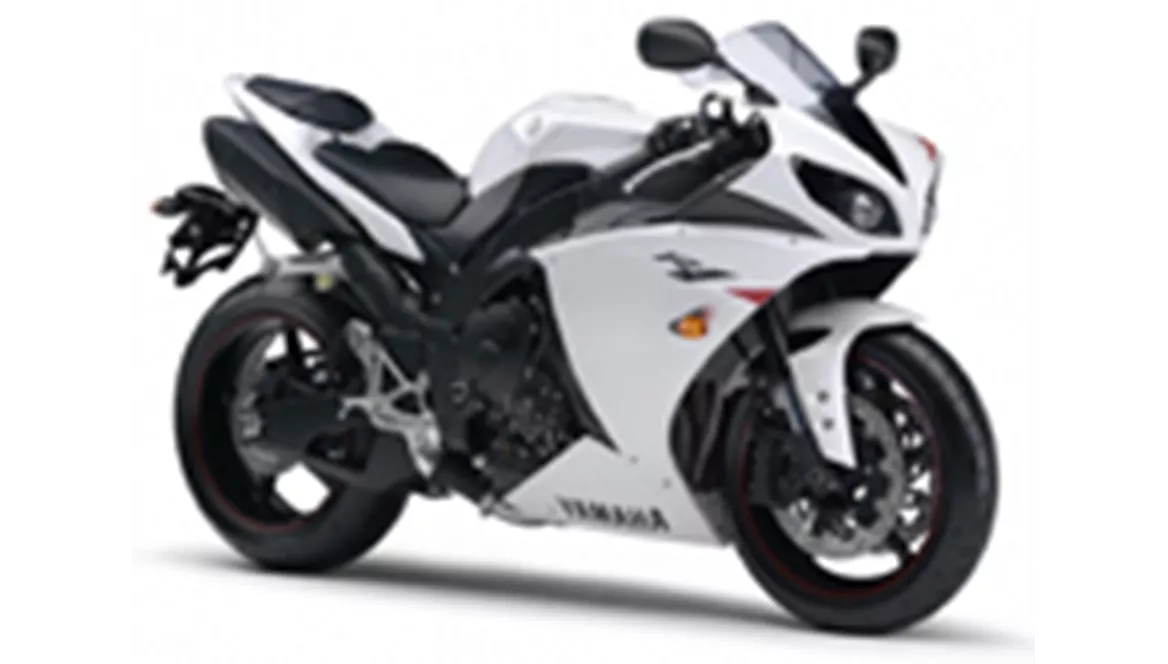
Yamaha R1 2010

Yamaha MT-07 2018
Overview - Yamaha R1 2010 vs Yamaha MT-07 2018
The Yamaha R1 2010 and the Yamaha MT-07 2018 are two different motorcycles with distinct characteristics and target audiences.
Starting with the Yamaha R1 2010, it boasts a powerful engine with a displacement of 998cc. Its engine power is an impressive 181 HP, delivering a strong performance on the road. The R1 also has a torque of 115.5 Nm, providing excellent acceleration. With four cylinders and four valves per cylinder, the R1's engine is well-designed for optimal performance. The liquid cooling system ensures that the engine remains at an optimal temperature, even during intense riding conditions.
In terms of suspension, the R1 features an Upside-Down telescopic fork at the front, which helps provide stability and control while riding. The frame is made of aluminum, which contributes to the bike's overall lightweight and maneuverability. The braking system consists of double disk brakes at the front, ensuring reliable stopping power.

Yamaha R1 2010
The dimensions and weights of the R1 are as follows: the front tire has a width of 120 mm and a diameter of 17 inches, while the rear tire has a width of 190 mm and a diameter of 17 inches. The wheelbase is 1415 mm, providing stability and control. The seat height is 835 mm, offering a comfortable riding position. However, the R1 does have a higher kerb weight of 206 kg, which may affect maneuverability for some riders. The fuel tank capacity is 18 liters, allowing for longer rides without frequent refueling.
Moving on to the Yamaha MT-07 2018, this naked bike offers a different riding experience. The engine has a displacement of 689cc, delivering a power of 75 HP. While not as powerful as the R1, the MT-07 still offers a satisfying performance on the road. The torque is 68 Nm, providing decent acceleration. Similar to the R1, the MT-07 has two cylinders and four valves per cylinder, ensuring efficient combustion. The liquid cooling system keeps the engine at an optimal temperature during rides.
The front suspension of the MT-07 consists of a telescopic fork, which may not offer the same level of performance as the R1's Upside-Down telescopic fork. The frame is made of steel, which may contribute to a slightly heavier weight compared to the R1. The braking system features double disk brakes at the front, ensuring reliable stopping power.
In terms of dimensions and weights, the MT-07 has a front tire width of 120 mm and a diameter of 17 inches, while the rear tire has a width of 180 mm and a diameter of 17 inches. The wheelbase is slightly shorter than the R1 at 1400 mm, but still provides stability and control. The seat height is 805 mm, offering a comfortable riding position. The MT-07 has a lighter kerb weight of 179 kg, which contributes to its agile handling. The fuel tank capacity is 14 liters, which may require more frequent refueling during longer rides.
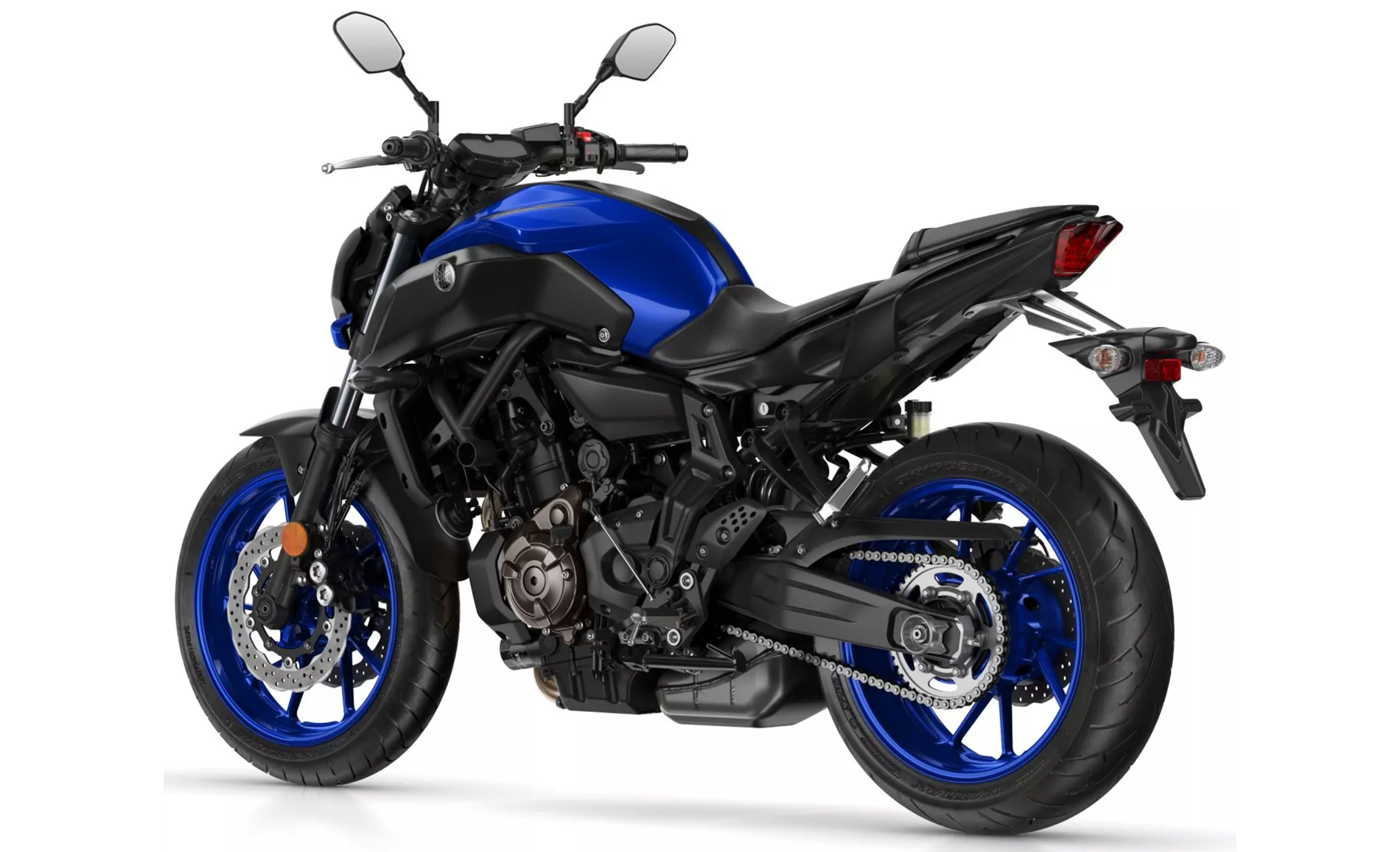
Yamaha MT-07 2018
In terms of strengths, the Yamaha R1 2010 offers a strong engine with sophisticated engine character, optimal braking system, and a comfortable seating position. On the other hand, the Yamaha MT-07 2018 boasts an extremely agile engine, very light handling, low weight, aggressively angular look, powerful brakes, comfortable seating position, and a throaty sound.
However, the Yamaha R1 2010 does have some weaknesses, including suboptimal suspension elements, low peak power, slightly weak traction, and a high weight. The Yamaha MT-07 2018 also has its weaknesses, such as a chassis that may be a little soft, footrests that drag quickly, some cheap plastic parts, a boring telescopic fork, and instruments that could be easier to read.
In conclusion, the Yamaha R1 2010 and the Yamaha MT-07 2018 offer different riding experiences and cater to different riders. The R1 provides a more powerful and sporty performance, while the MT-07 offers a lighter and more agile ride. Ultimately, the choice between the two will depend on the rider's preferences and intended use of the motorcycle.
Technical Specifications Yamaha R1 2010 compared to Yamaha MT-07 2018
Pros and Cons in comparison
Pros and Cons in comparison
Yamaha R1 2010

The current engine in the R1 scores points above all with its unmistakable sound, very transparent response and linear power delivery. In terms of peak power, however, Yamaha had to cut back a little.
Yamaha MT-07 2018
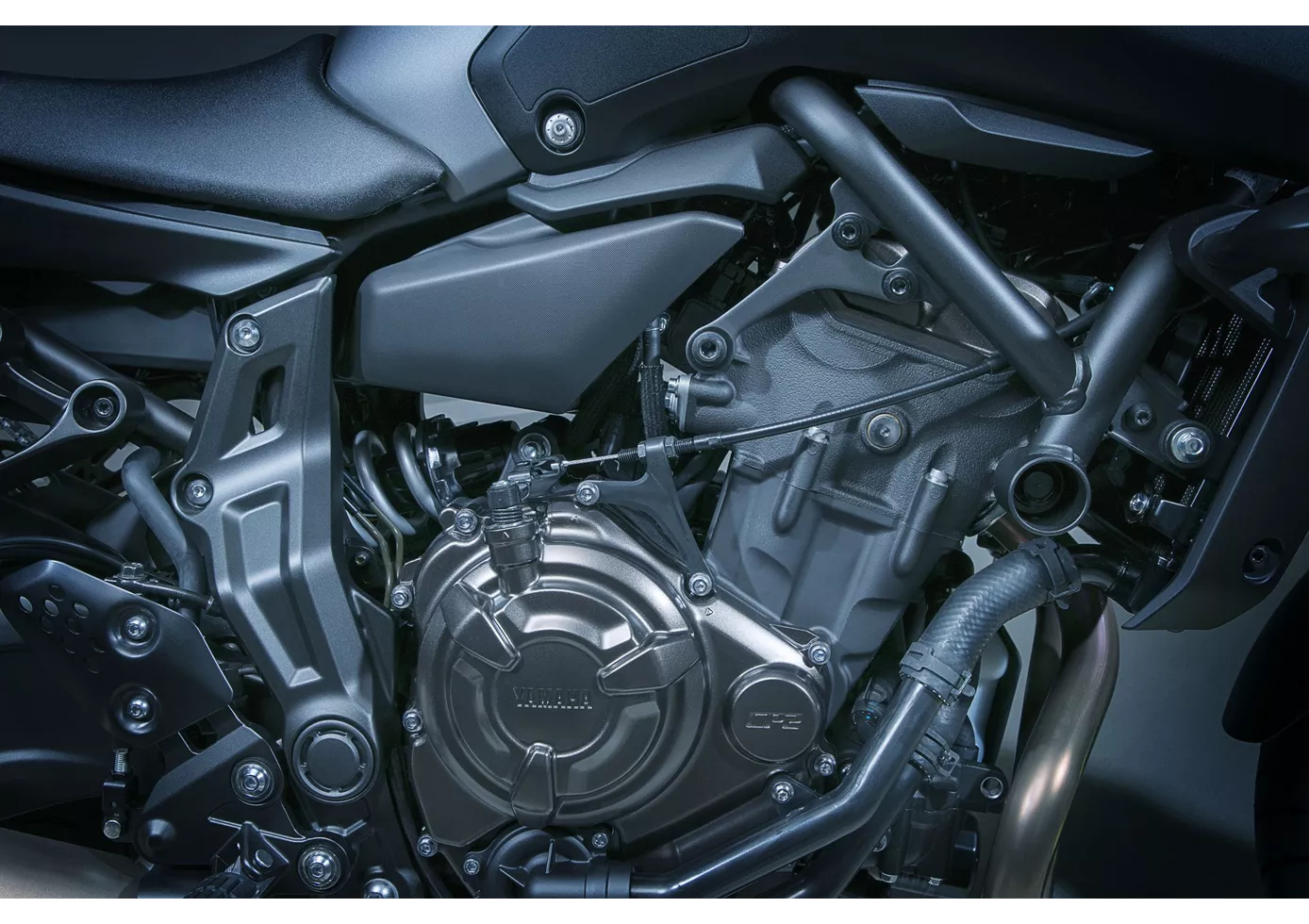
The MT-07 is an incredible fun machine that is extremely sporty to ride. The brakes pack a punch, the handling is superb and the engine is currently by far the most agile power unit in this class - and even above. The light handling fits in perfectly and the aggressive design with its many corners and edges is also appealing. Only the chassis makes the typically good compromise between comfort and sport and should probably remind you that the affordable MT-07 also has a lot to offer beginners.
Price Comparison Avarage Market Price Yamaha R1 vs Yamaha MT-07
There are a few key differences between a Yamaha R1 2010 and a Yamaha MT-07 2018. In terms of price, the actual average price of a Yamaha R1 2010 is about 60% higher. Compared to Yamaha MT-07 2018 there are less Yamaha R1 2010 bikes available on the 1000PS.de Marketplace, specifically 5 compared to 28. It takes less time to sell a Yamaha R1 with 53 days compared to 54 days for a Yamaha MT-07. Since model year 2005 1000PS.de editors have written 80 reviews for the Yamaha R1 and 69 reviews for the Yamaha MT-07 since model year 2013. The first review for the Yamaha R1 was published on 28/04/2003 and now has more than 3,900 views. This compares to more than 12,600 views for the first review on Yamaha MT-07 published on 04/11/2013.

